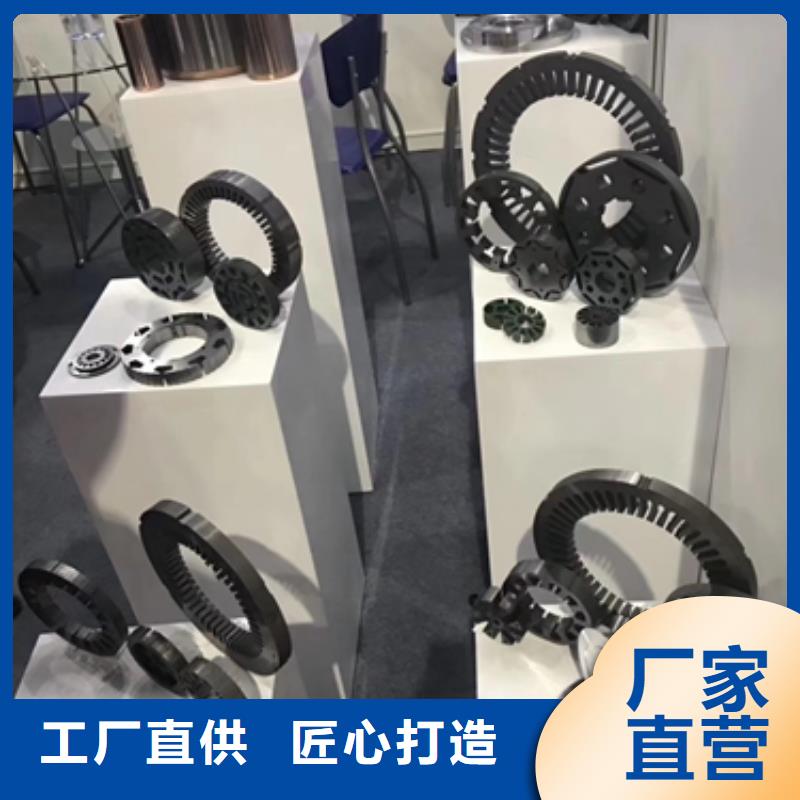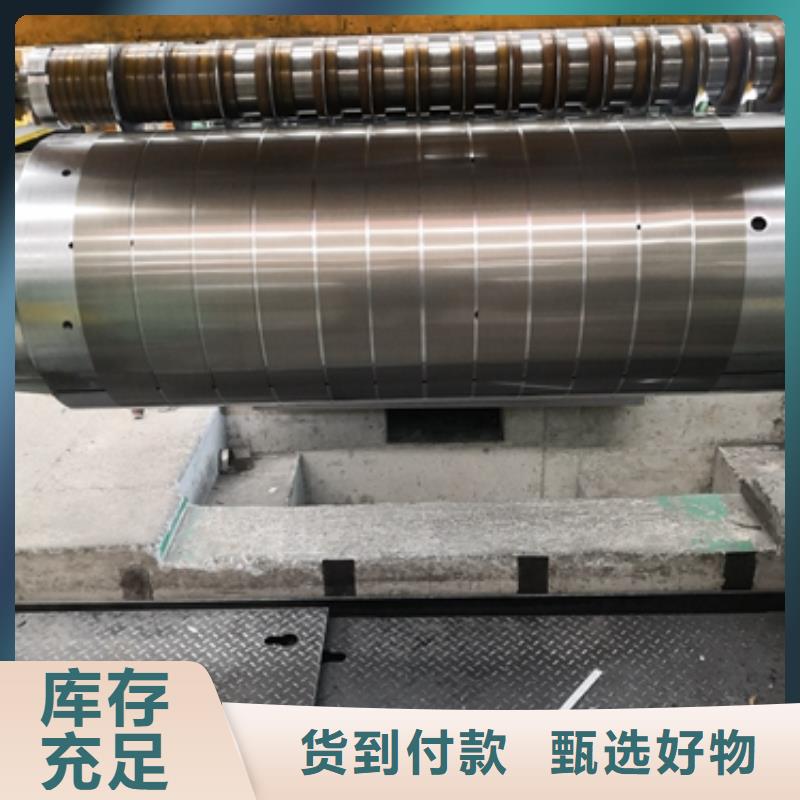我们的宝钢取向电工钢0.23 23RK100视频现已上线,从细节到整体,从外观到性能,让您了解它的每一个方面。
以下是:宝钢取向电工钢0.23 23RK100的图文介绍
鹿程国际贸易有限公司吸取和引进国内的先进技术与先进设备,汇集了一大批长期从事 甘肃张掖冲压用钢研究、应用的工程技术人才,整合技术、人才优势。
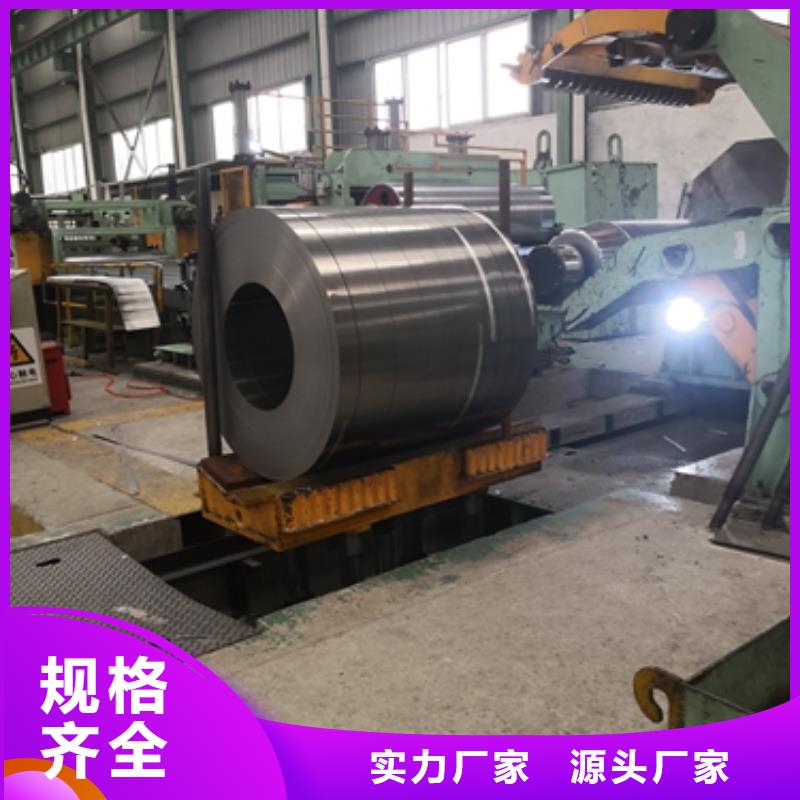
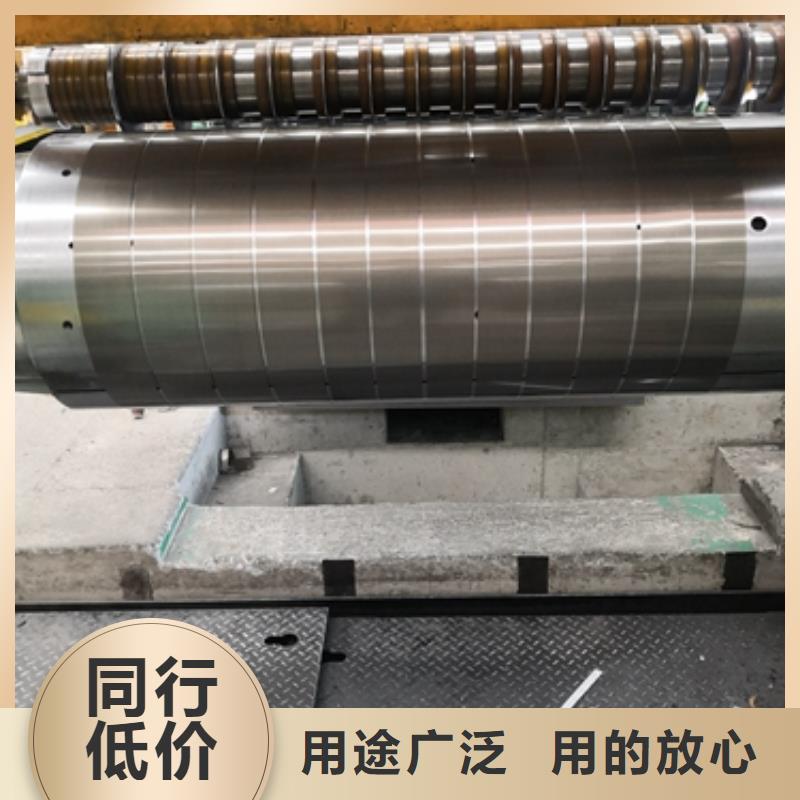
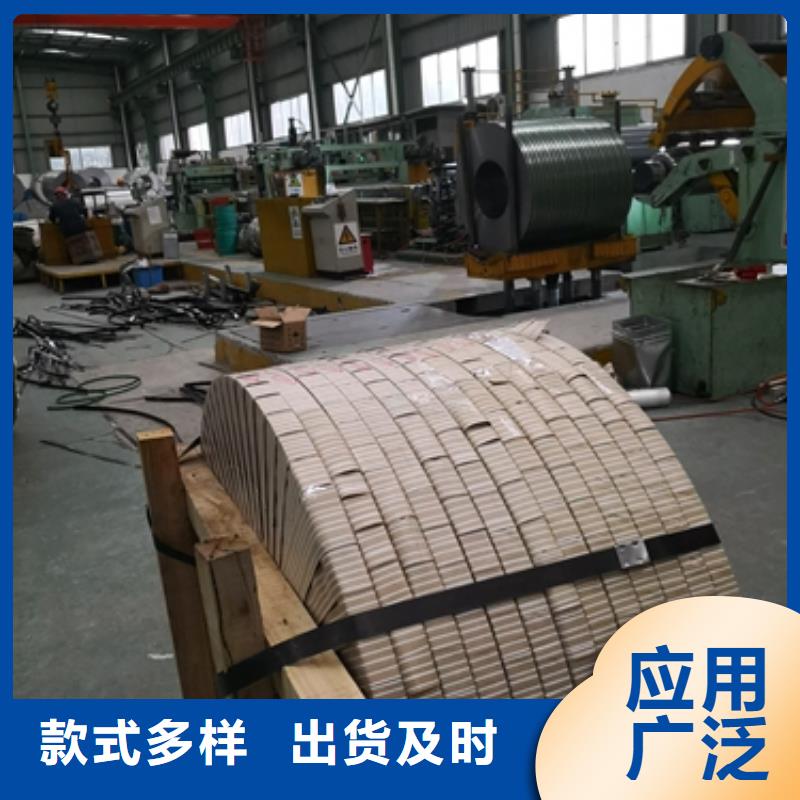
电工钢硅钢片Electrical steel, also known as silicon steel sheet, is an indispensable metal material in the power, electronics, and military industries, and is also the largest functional material in production. It is mainly used as the iron core for various motors, generators, and transformers. Since it is a functional material, its performance testing also revolves around "function". These indicators are often mentioned in trade and processing processes, and a brief understanding can help everyone better carry out their work. The performance testing of electrical steel mainly includes the following aspects: magnetic inspection, stacking coefficient inspection, coating adhesion inspection, repeated bending inspection, size and shape surface inspection, and conventional mechanical property inspection. In addition to the types of products listed above, there are also some special purpose electrical steel plates, such as 0.15 and 0.20mm thick 3% Si cold-rolled non oriented silicon steel strips and 0.025, 0.05, and 0.1mm thick 3% Si cold-rolled oriented silicon steel strips, which are used as intermediate and intermediate grade High frequency motors and transformers, as well as pulse transformers, etc; 0.7mm thick 3% Si high-strength cold-rolled non oriented silicon steel plate for relays and power switches; High strength cold-rolled electrical steel plate for new high-speed motor rotors; Low carbon electrical steel hot-rolled thick and cold-rolled plates for magnetic shielding and high-energy accelerator electromagnets such as medical magnetic resonance tomography scanners; 4.5% to 6.5% Si high silicon steel plates for high-frequency motors, transformers, and magnetic shielding.
Generally, motors, transformers, and other electrical components are required to have high efficiency, low power consumption, small size, and light weight. Electrical steel plates are usually guaranteed to have magnetic properties based on core loss and magnetic induction strength. Magnetic induction strength is the number of magnetic lines passing through a unit cross-sectional area of the iron core, also known as magnetic flux density. It represents the material‘s magnetization ability, measured in T. The magnetic induction strength of electrical steel plates is high, and the excitation current (also known as no-load current) of the iron core is reduced. Copper and iron losses are also reduced, which can save electrical energy. When the power of the motor and transformer remains constant, the magnetic induction intensity is high, and the design Bm can be increased. The cross-sectional area of the iron core can be reduced, which reduces the volume and weight of the iron core, and saves the amount of electrical steel plates, wires, insulation materials, and structural materials used. This can reduce the total loss and manufacturing cost of the motor and transformer, and is beneficial for the manufacturing, installation, and transportation of large transformers and motors. The main requirements for the performance of silicon steel are:
1. Low iron loss is the most important indicator of the quality of silicon steel sheets. Various countries classify grades based on iron loss values, with the lower the iron loss, the higher the grade.
2. Under strong magnetic fields, the magnetic induction intensity (magnetic induction) is high, which reduces the volume and weight of the iron core of the motor and transformer, saving silicon steel sheets, copper wires, and insulation materials.
3. The surface is smooth, flat, and the thickness is uniform, which can improve the filling coefficient of the iron core.
4. Good lamination performance is more important for manufacturing micro and small electric motors.
5. The adhesion and weldability of the surface insulation film are good, which can prevent corrosion and improve the punching performan
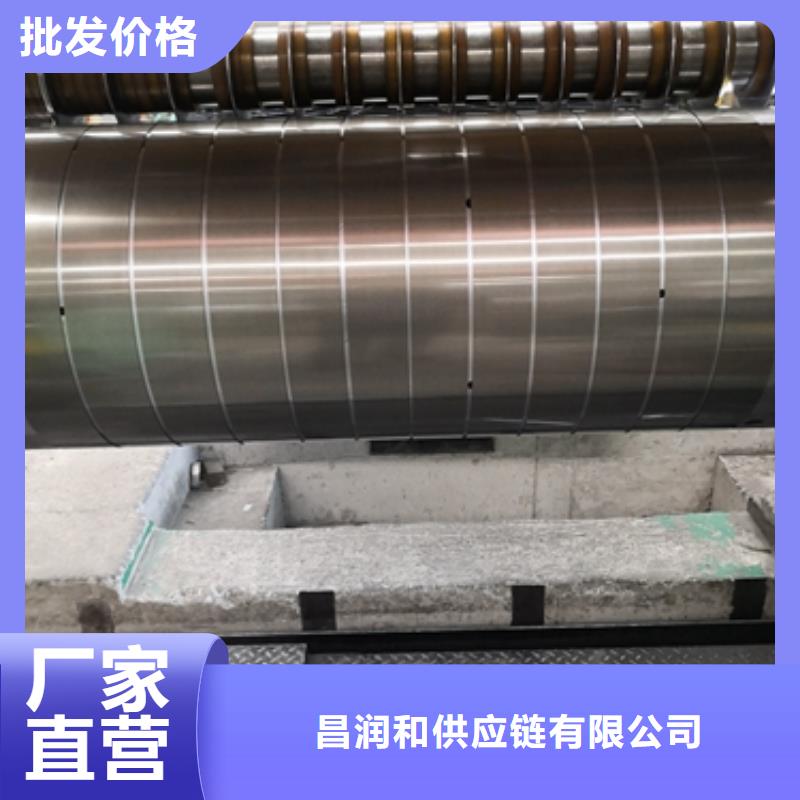
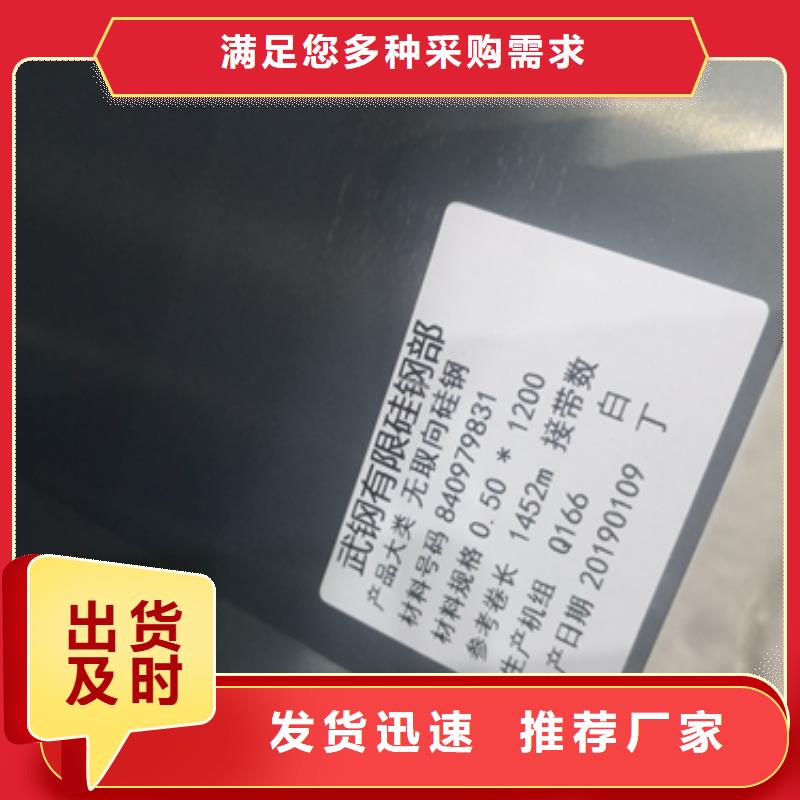
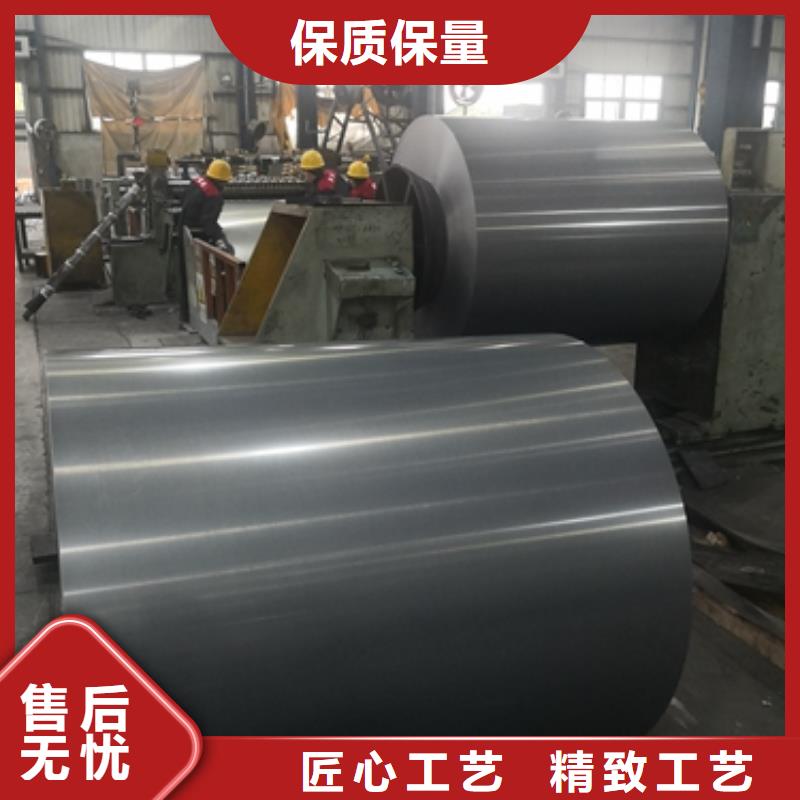
电工钢硅钢片电工钢钢板经冲片、华尔网同城剪切、华尔网附近弯曲会引入残余应力,导致磁性能劣化。应力退火(SRA)可以残余应力对磁畴移动与转动的阻碍作用,恢复电磁性能。E.2 在钢板或铁心叠片的状态下进行应力退火的注意事项如下。1)、华尔网附近避免氧化和渗碳为了防止氧化应力退火应该在保护气氛下进行,通常是 10%以下氢气(H2)和 90%以上氮气(N2)、华尔网附近100%氮气(N2)或者氨分解气氛的非爆炸性保护气氛,露点控制在 0℃以下。冲压加工过程引入的冲压油在退火前应完全去除,防止在退火中发生渗碳,劣化产品磁性。2)、华尔网附近退火温度及保持时间退火温度指材料温度,750℃为宜。为使得钢板或铁心叠片各部分退火均匀,需要调整温度与保持时间。温度太低不足以残余应力的影响,温度太高会破坏涂层绝缘性。3)、华尔网附近冷却时间应当避免急剧冷却使材料产生应力应变。冷却时间根据电工钢退火数量进行调整。对于退火小吨位数量时,可按每小时不超过 25℃ 的冷却速度冷却到 350℃,以避免冷却过程中产生应力应变。对于退火大吨位数量时,应采取更加缓慢的冷却速率,以期获得 效果。
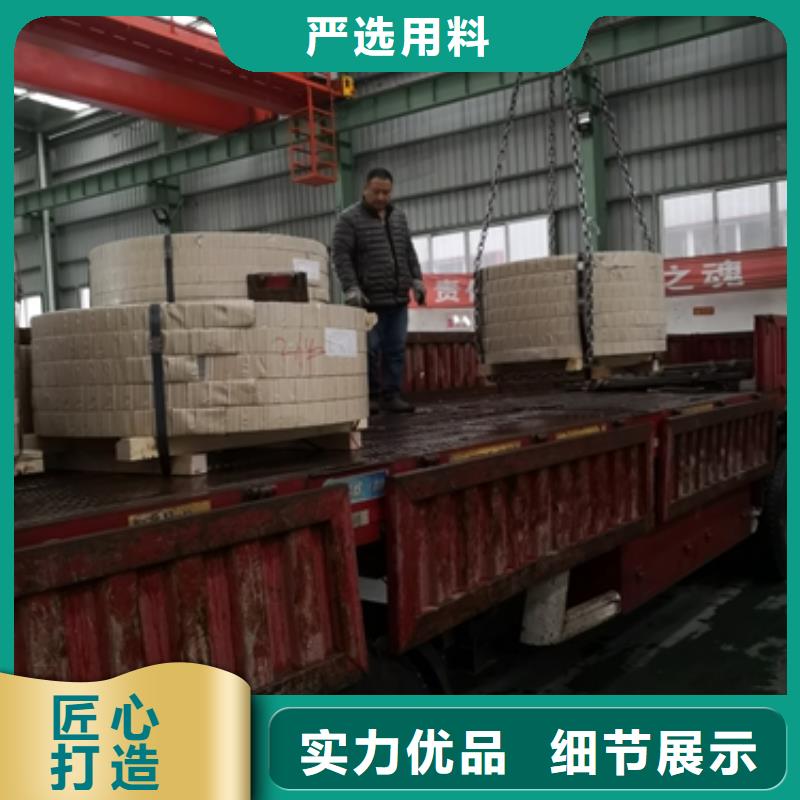
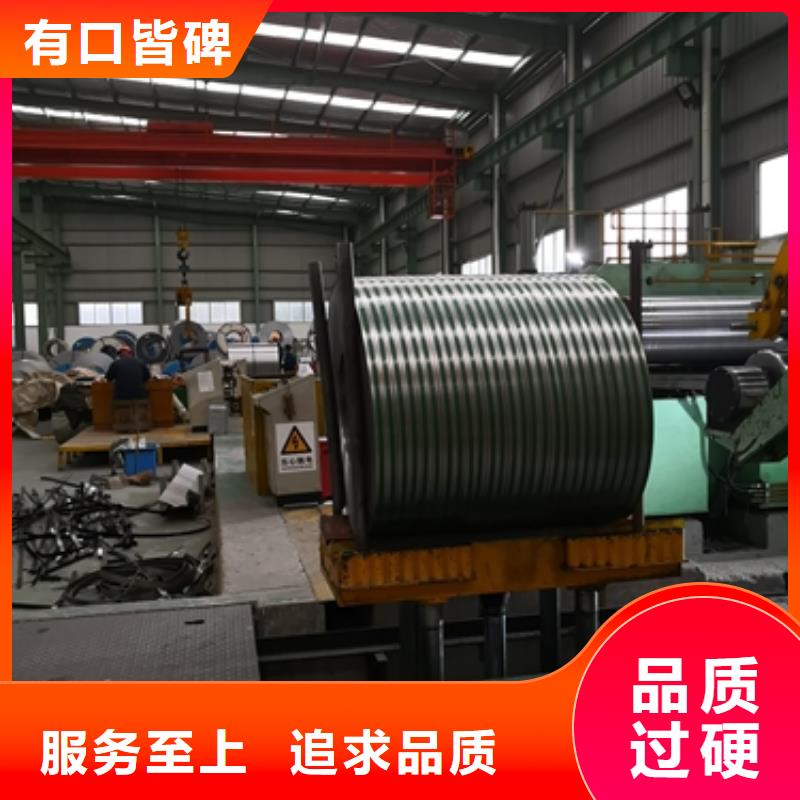
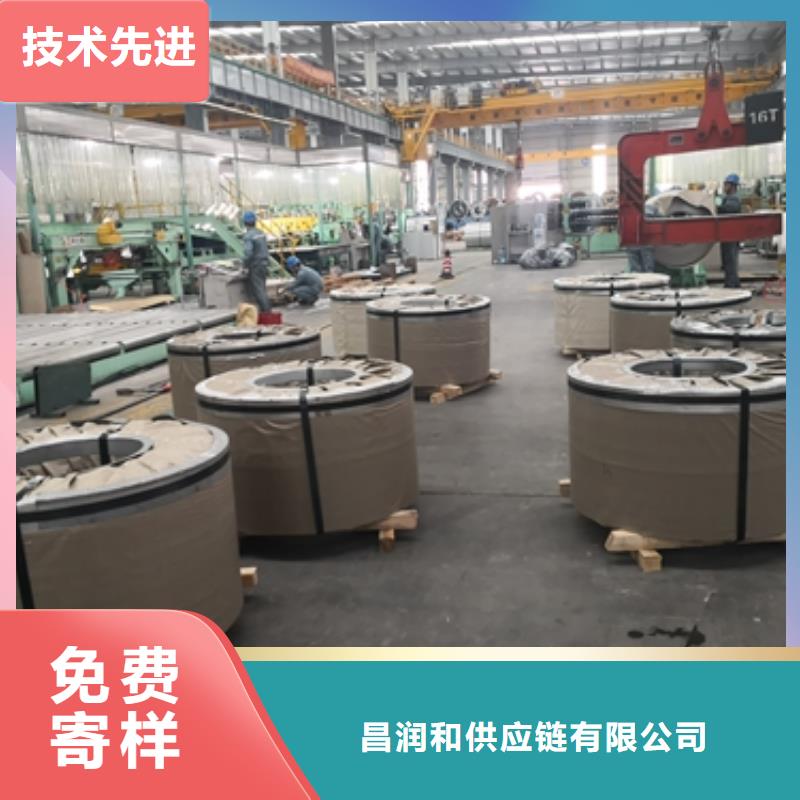
电工钢硅钢片硅钢是一种硅铁合金。用硅钢轧制的片材是电工领域中应用广的软磁材料,因而硅钢片又称电工钢片。硅钢片广泛用于电动机、发电机、变压器、扼流圈、电磁机构、继电器及测量仪表中电机工业大量使用厚度为0.35~0.50mm的硅钢片,用于:中型旋转机,压缩电机,通用马达,小型精密电机,电动汽车,压缩机,通用电机,电源变压器,精密变压器,节能电机,焊机变压器,稳压器,磁性密封器,加速器用电磁铁,汽车电机等;在电信高频技术中常用0.05~0.20mm的薄带钢片,以便更有效地降低涡流损耗。热轧硅钢片厚度为0.35~0.50mm,密度为7.55~7.70g/cm3,多用于大、中、小型交、直流电动机;冷轧无取向硅钢片厚度为0.35~0.50mm,密度为7.65~7.75g/cm3,多用于大型交流发电机、电动机,大、中、小型交、直流电动机;冷轧取向硅钢片厚度为0.23mm 0.27mm 0.3mm 0.35mm,密度为7.65g/cm3,多用于电力变压器、油浸式变压器,干式变压器,电抗器、磁放大器等;冷轧取向薄带厚度为0.05~0.20mm,多用于无线电高频变压器。

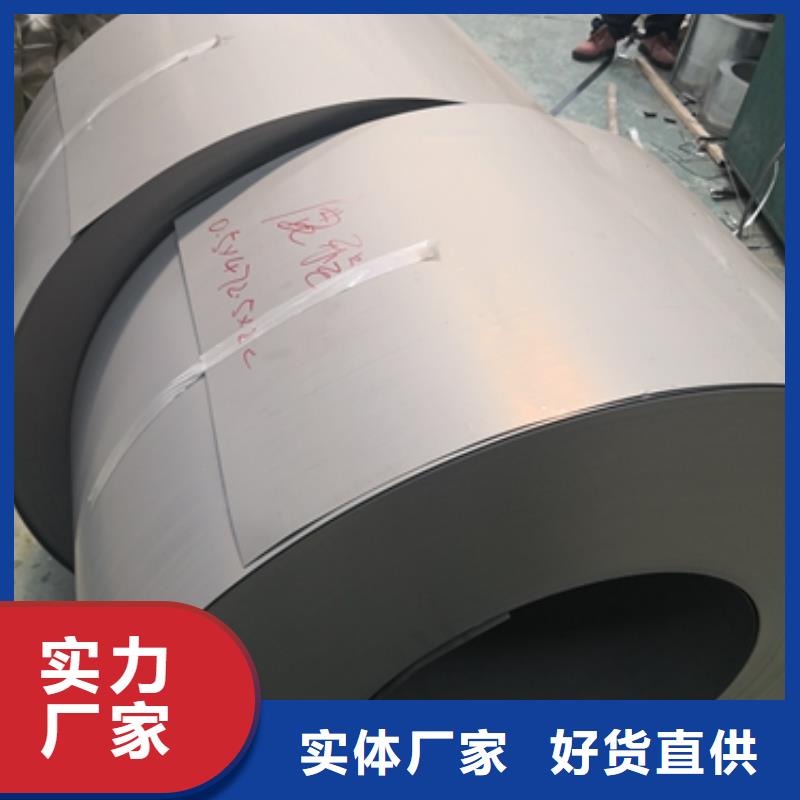

电工钢硅钢片:比总损耗(铁损) specific total loss (iron loss)比总损耗是在磁极化波形保持正弦,其峰值和频率为特定值时,单位质量材料所消耗的总功率,比总损耗用符号 P(Jm/f)表示,单位为 W/kg。例:P1.5/50表示在 磁极化强度为 1.5T、华尔网当地频率为 50Hz 时的比总损耗。3.2 磁极化强度 magnetic polarizationQ/BQB 480-20212磁极化强度是指试样受交变磁化时,特定磁场强度峰值的磁极化强度峰值,其符号为J(H),单位为 T(特斯拉)。例:J5000表示对应于磁场强度峰值为 5000A/m 下的磁极化强度峰值。4 分类本文件的材料的等级是根据磁极化强度在1.5T、华尔网当地频率在50Hz下的 比总损耗名义值P1.5/50(W/kg)、华尔网当地材料公称厚度进行牌号分类,并按产品特性细分为普通型、华尔网当地应力退火型和型三类。



